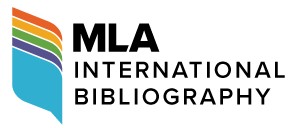Abstract
The practice of “fenchu” (separation) marks a pivotal development in the Ming dynasty's chuanqi playwriting system, manifesting as either “implicit” or “explicit” separation within early Southern Opera texts. The late Ming period saw enhancements in the separation methodologies within actors' performance manuscripts and reader-oriented printed editions, improving upon the character entry and exit strategies from the Song, Yuan, and early Ming operas. This led to the formulation of separation standards that reconcile character transitions, scene consistency, and narrative cohesion. The emergence of the separation mechanism in Southern Opera is attributed to multifaceted causes: for performance scripts, it facilitated staging; for printed editions, it enhanced readability; and for literary compositions, it signified playwrights' endorsement and standardization of theatrical conventions. The advent of selected scene plays and the demands of public discourse, requiring the “establishment of dispersed identities” and “collective interaction,” played a crucial external role in the development of this system. The inception of the separation mechanism signifies a comprehensive understanding of drama's intrinsic and extrinsic structures by performers, patrons, and playwrights alike, highlighting the intricate interplay between script performance and consumption, and between creators and audiences.
Keywords
Ming chuanqi, Southern Opera, separating and titling, script system, history of Chinese opera
First Page
66
Last Page
76
Recommended Citation
Chen, Zhiyong. 2024. "Formation and Dramatic Significance of the “Separation” System in Ming Dynasty Southern Opera Scripts." Theoretical Studies in Literature and Art 44, (3): pp.66-76. https://tsla.researchcommons.org/journal/vol44/iss3/7


